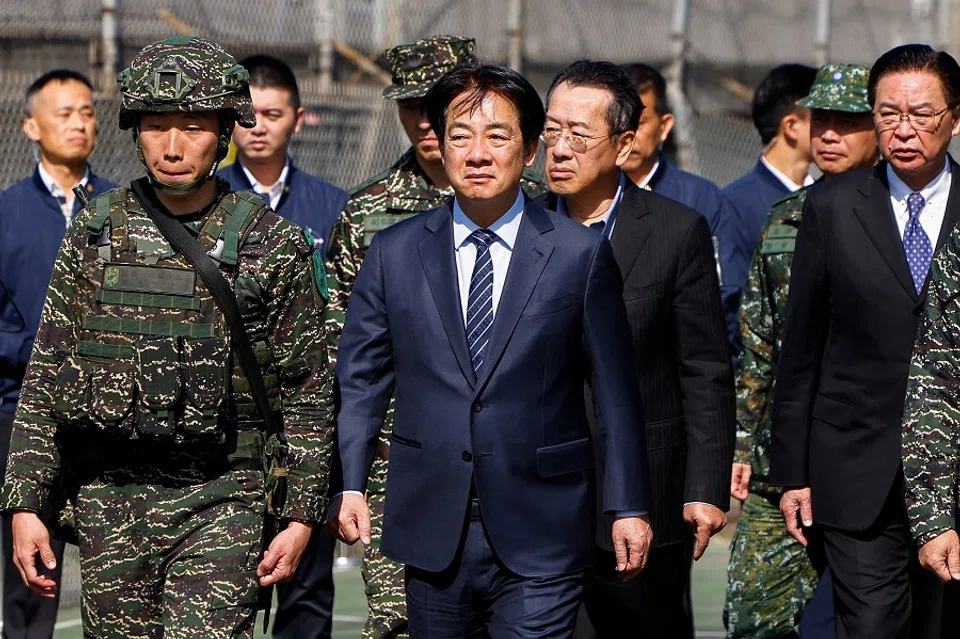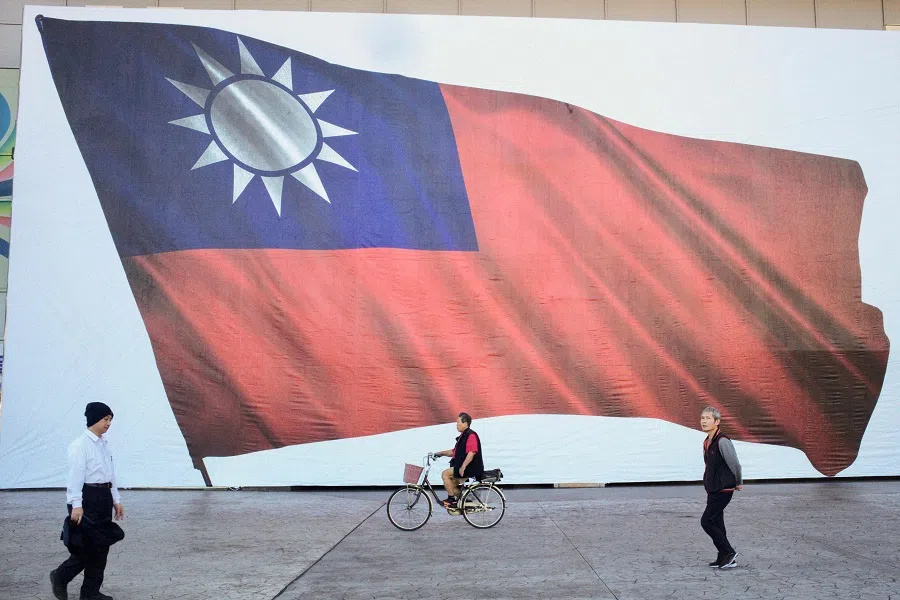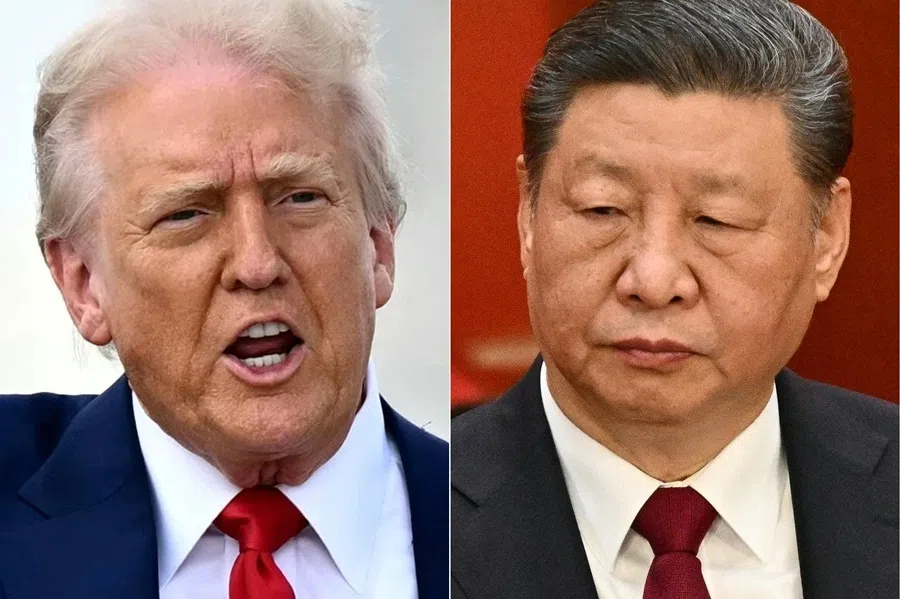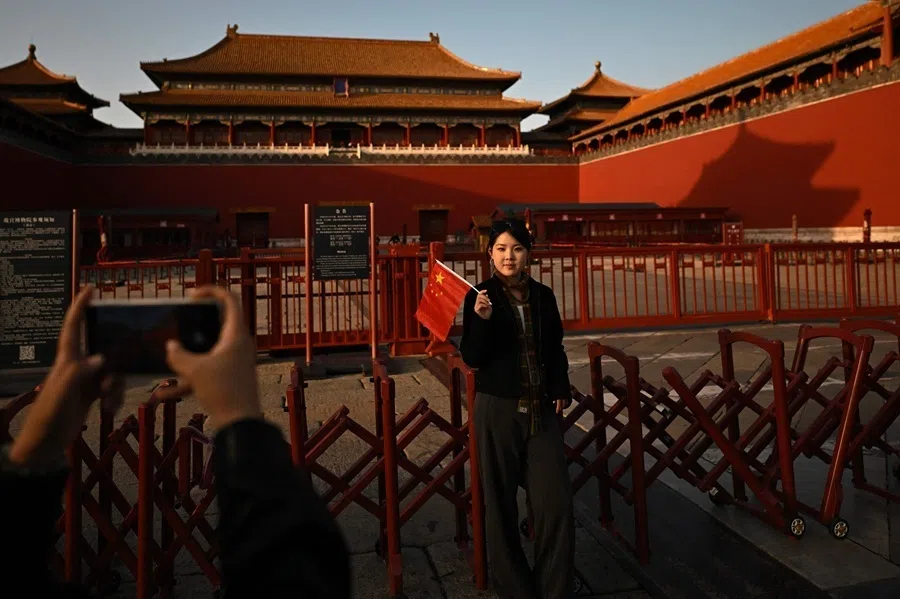Miscalculating Xi Jinping: A dangerous gamble for Taiwan?
Taiwan President Lai Ching-te is playing a dangerous game by repeatedly provoking Xi Jinping and would do well to adopt a more cautious approach, says columnist Deng Yuwen.

Mainland China’s latest military drill targeting Taiwan, codenamed Strait Thunder, was emotionally charged and carried an intense sense of anger — much more so than previous exercises. This fury was clearly aimed at Lai Ching-te.
Before and after the drills, mainland official media launched an unprecedented wave of criticism against Lai, labelling him a “troublemaker,” “creator of danger,” and “war instigator.” He was even featured in a propaganda animation titled Shell, produced by the military for the exercises. In it, Lai is portrayed as a cartoon figure being picked up with chopsticks by PLA soldiers — a gesture loaded with symbolic meaning.
The mainland has previously criticised pro-independence politicians, including former presidents Chen Shui-bian and Tsai Ing-wen. However, even then, a basic level of personal dignity was preserved. They were not subjected to the kind of open humiliation now directed at Lai — a form of insult typically seen only in the presence of deep-seated hatred.
Similar imagery was common during China’s land reform and Cultural Revolution, where landlords or so-called rightists were depicted in grotesque and demeaning ways in propaganda posters. One wonders how the Taiwanese public — and Lai himself — felt watching this animation. It reflects the extent of the mainland’s outrage at Lai’s recent series of pro-independence actions, to the point where such imagery became a vehicle to vent anger.
Lai’s positions, policy declarations, and corresponding actions have effectively met the Anti-Secession Law’s criteria for the complete loss of peaceful reunification prospects.
Has Lai gone too far?
Lai has labelled the mainland as a “hostile foreign force”, rolled out his own version of 17 regulatory measures to severely restrict cross-strait exchanges, reinstated military tribunals, expelled mainland spouses who advocate for reunification by force, suppressed freedom of speech on the island, and launched sweeping recall campaigns against opposition lawmakers — all in an effort to physically sever cross-strait connections. Objectively speaking, this trajectory has already crossed Beijing’s red line.

According to Article 8 of the Anti-Secession Law, the mainland may resort to non-peaceful means under three conditions: if “Taiwan independence” forces, under any name or by any means, succeed in creating the fact of Taiwan’s separation from China; if a major incident occurs that would lead to such separation; or if the possibility of peaceful reunification is completely lost.
Lai has long insisted that the two sides of the Strait are separate countries and not subordinate to one another. He now explicitly defines the mainland as a hostile state, and the 17 measures serve to implement that adversarial stance. The end result of this policy trajectory is de facto independence for Taiwan — even if Lai is unlikely to formally declare it in legal terms.
In other words, Lai’s positions, policy declarations, and corresponding actions have effectively met the Anti-Secession Law’s criteria for the complete loss of peaceful reunification prospects. Beijing is fully aware of this but maintains the stance that Lai has not yet crossed the red line, continuing to assert that it seeks reunification with the greatest patience and by peaceful means. If such provocations had been directed at any other government — democratic or authoritarian, powerful or weak — a military campaign likely would have been launched already. In this regard, one cannot help but admire Xi Jinping’s strategic patience.
Xi is not reluctant to use force; he simply wants to keep the cost of military unification as low as possible.
A miscalculation of Xi’s intentions?
Xi may have his reasons, but tolerance for Lai’s repeated provocations among the mainland public has worn thin. Calls for military action have grown louder, with many impatient voices demanding a strong response. Though Xi is currently able to restrain these impulses, he must still reckon with public opinion; on a personal level, he is almost certainly deeply displeased with Lai’s behaviour.
When Xi met Ma Ying-jeou last year, he notably softened the long-standing formula of “both sides belonging to one China” to the broader “both sides belonging to the Chinese nation.” This was likely an effort to de-escalate tensions ahead of Lai’s inauguration. However, Lai ignored Xi’s olive branch, causing him to lose face. Lai’s subsequent actions only made it harder for Xi to step back.
Lacking better options, Xi has resorted to military drills to intimidate Taiwan. But with each repetition, these exercises have lost their shock value. Many Taiwanese now see through the routine. The Democratic Progressive Party (DPP), meanwhile, has taken advantage of each drill to further stoke public animosity toward the mainland.

Despite the vast imbalance of military power across the Strait, the DPP and pro-independence politicians seem convinced that Beijing will not dare to act — especially since they believe the United States would intervene. This belief emboldens Lai to keep pushing Beijing’s boundaries.
But if this judgement is based on Beijing’s internal difficulties or a fear of military failure, history may prove it a serious miscalculation. Xi is not reluctant to use force; he simply wants to keep the cost of military unification as low as possible. If he had no intention of using force, he would not be investing so heavily in military buildup and training the PLA with combat readiness in mind.
If Xi feels that his repeated gestures of goodwill are being met with Lai’s relentless push toward independence, leaving him no room to manoeuvre, then he may strike without hesitation, even at great cost.
Pushing Xi too far could be disastrous for Taiwan
Emotions inevitably demand an outlet. If Xi feels that his repeated gestures of goodwill are being met with Lai’s relentless push toward independence, leaving him no room to manoeuvre, then he may strike without hesitation, even at great cost. The precedent of Hong Kong speaks for itself.
The naming of the Strait Thunder drill sends a clear message: it represents Xi’s “thunderous wrath” directed squarely at Lai. What makes this kind of military exercise particularly dangerous is that it is fuelled by raw emotion. Once anger becomes habitual — one wave after another — the situation can easily spiral out of control.
Lai and the DPP government would be ill-advised to gamble Taiwan’s prosperity and the freedom of its 23 million people on the assumption that Xi would never dare act. If that bet turns out to be wrong, there will be no undoing it. Taiwan’s best safeguard lies in returning to the constitutional position of the Republic of China — recognising a broader Chinese identity without provoking outright confrontation.



![[Big read] Prayers and packed bags: How China’s youth are navigating a jobless future](https://cassette.sphdigital.com.sg/image/thinkchina/16c6d4d5346edf02a0455054f2f7c9bf5e238af6a1cc83d5c052e875fe301fc7)

